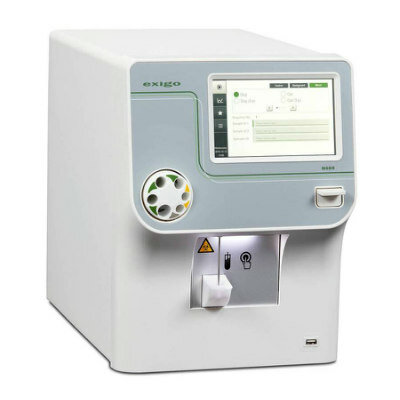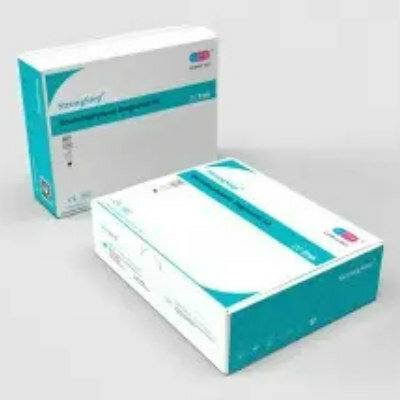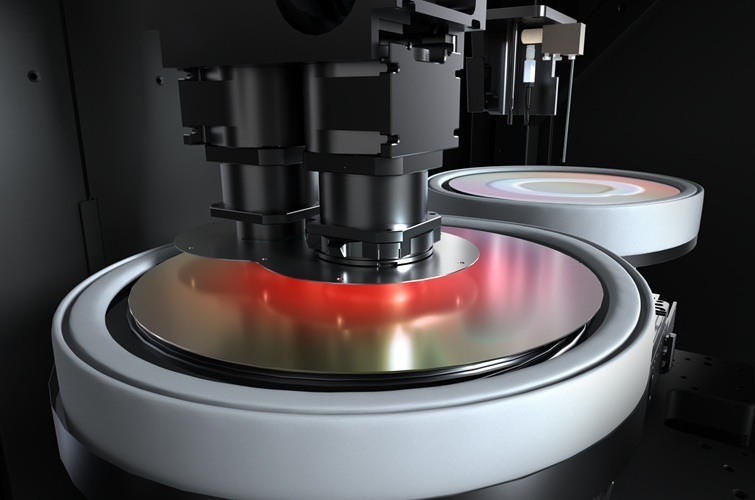Peripheral Blood Smears Still Need Evaluation
|
By LabMedica International staff writers Posted on 22 Jun 2017 |
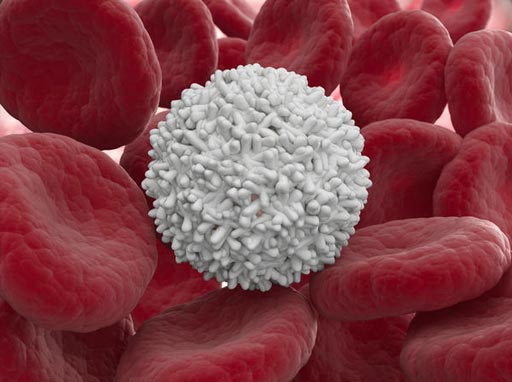
Image: A white blood cell among red blood cells (Photo courtesy of HealthTap).
When the first automated hematology analyzers appeared in clinical laboratories in the 1960s, they ushered in a welcomed workflow change for bench technologists. These automated analyzers replaced hemocytometers, though the need for differential counting remained.
This evolution in hematology workflows has continued to this day, with automated instruments performing ever more cellular analysis, resulting in more focused roles for technologists and pathologists. However, certain characteristics of peripheral blood morphology still do not lend themselves easily to evaluation by automated analyzers.
A clinical associate professor at the University of Florida (Gainesville, FL, USA) has written that one limitation that has remained constant from the earliest hematology analyzers to today’s cutting-edge flow cytometers is that a single cell still must pass through an aperture for analysis. In order to maintain laminar flow, the cell must also be sphered, which is most often accomplished with a proprietary sphering reagent. The exact classification of abnormally shaped red cells, for example, sickle cells, target cells, and schistocytes, still requires morphologic review of stained slides.
In addition red cell and white cell inclusions, particularly infectious organisms such as malaria or histoplasmosis, can be seen in stained blood smears but are not routinely detected by most automated hematology analyzers. Because of the extensive morphologic variability of many circulating hematologic malignancies, automated systems cannot precisely characterize these cells. Most analyzers, however, aid in characterizing these cells by pre-classifying them as abnormal (through large unstained cell classification or flagging) and prompting manual review of slides.
Analyzers that have digital morphology capabilities, such as the CellaVision or the Bloodhound systems, are inaugurating a new era of cellular analysis. As these instruments’ algorithms continue to be refined, this technology might evolve from a pre-classifier method to a more enhanced and robust method for precise characterization. The accuracy of an automated differential count depends on the analytical system used. However, given that most automated counters literally characterize thousands of white cells for each analysis, the classic 100-cell manual differential count in comparison falls short when it comes to precision. Sherri D. Flax, MD, published her article on June 1, 2017, in the journal Clinical Laboratory News.
Related Links:
University of Florida
This evolution in hematology workflows has continued to this day, with automated instruments performing ever more cellular analysis, resulting in more focused roles for technologists and pathologists. However, certain characteristics of peripheral blood morphology still do not lend themselves easily to evaluation by automated analyzers.
A clinical associate professor at the University of Florida (Gainesville, FL, USA) has written that one limitation that has remained constant from the earliest hematology analyzers to today’s cutting-edge flow cytometers is that a single cell still must pass through an aperture for analysis. In order to maintain laminar flow, the cell must also be sphered, which is most often accomplished with a proprietary sphering reagent. The exact classification of abnormally shaped red cells, for example, sickle cells, target cells, and schistocytes, still requires morphologic review of stained slides.
In addition red cell and white cell inclusions, particularly infectious organisms such as malaria or histoplasmosis, can be seen in stained blood smears but are not routinely detected by most automated hematology analyzers. Because of the extensive morphologic variability of many circulating hematologic malignancies, automated systems cannot precisely characterize these cells. Most analyzers, however, aid in characterizing these cells by pre-classifying them as abnormal (through large unstained cell classification or flagging) and prompting manual review of slides.
Analyzers that have digital morphology capabilities, such as the CellaVision or the Bloodhound systems, are inaugurating a new era of cellular analysis. As these instruments’ algorithms continue to be refined, this technology might evolve from a pre-classifier method to a more enhanced and robust method for precise characterization. The accuracy of an automated differential count depends on the analytical system used. However, given that most automated counters literally characterize thousands of white cells for each analysis, the classic 100-cell manual differential count in comparison falls short when it comes to precision. Sherri D. Flax, MD, published her article on June 1, 2017, in the journal Clinical Laboratory News.
Related Links:
University of Florida
Latest Hematology News
- New Scoring System Predicts Risk of Developing Cancer from Common Blood Disorder
- Non-Invasive Prenatal Test for Fetal RhD Status Demonstrates 100% Accuracy
- WBC Count Could Predict Severity of COVID-19 Symptoms
- New Platelet Counting Technology to Help Labs Prevent Diagnosis Errors
- Streamlined Approach to Testing for Heparin-Induced Thrombocytopenia Improves Diagnostic Accuracy
- POC Hemostasis System Could Help Prevent Maternal Deaths
- New Test Assesses Oxygen Delivering Ability of Red Blood Cells by Measuring Their Shape
- Personalized CBC Testing Could Help Diagnose Early-Stage Diseases in Healthy Individuals
- Non-Invasive Test Solution Determines Fetal RhD Status from Maternal Plasma
- First-Of-Its-Kind Smartphone Technology Noninvasively Measures Blood Hemoglobin Levels at POC

- Next Gen CBC and Sepsis Diagnostic System Targets Faster, Earlier, Easier Results
- Newly Discovered Blood Group System to Help Identify and Treat Rare Patients
- Blood Platelet Score Detects Previously Unmeasured Risk of Heart Attack and Stroke
- Automated Benchtop System to Bring Blood Testing To Anyone, Anywhere
- New Hematology Analyzers Deliver Combined ESR and CBC/DIFF Results in 60 Seconds
- Next Generation Instrument Screens for Hemoglobin Disorders in Newborns
Channels
Clinical Chemistry
view channel
‘Brilliantly Luminous’ Nanoscale Chemical Tool to Improve Disease Detection
Thousands of commercially available glowing molecules known as fluorophores are commonly used in medical imaging, disease detection, biomarker tagging, and chemical analysis. They are also integral in... Read more
Low-Cost Portable Screening Test to Transform Kidney Disease Detection
Millions of individuals suffer from kidney disease, which often remains undiagnosed until it has reached a critical stage. This silent epidemic not only diminishes the quality of life for those affected... Read more
New Method Uses Pulsed Infrared Light to Find Cancer's 'Fingerprints' In Blood Plasma
Cancer diagnoses have traditionally relied on invasive or time-consuming procedures like tissue biopsies. Now, new research published in ACS Central Science introduces a method that utilizes pulsed infrared... Read moreMolecular Diagnostics
view channel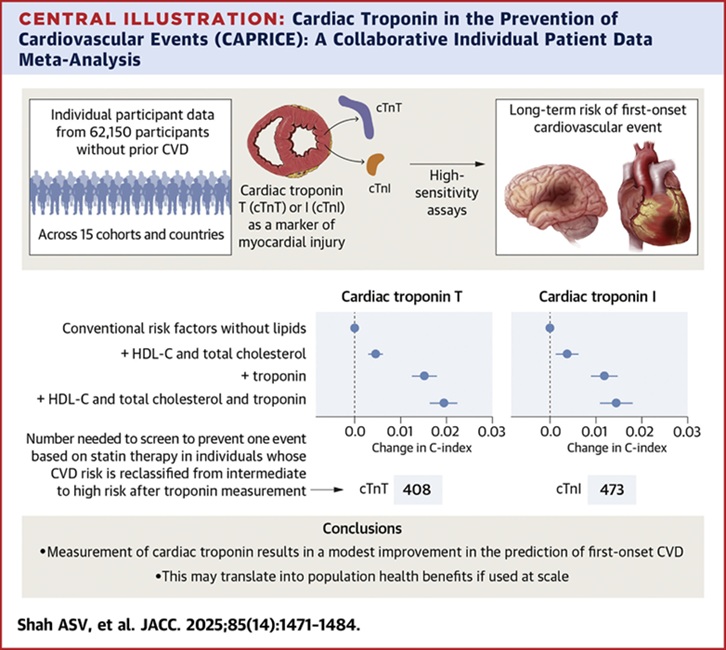
Simple Blood Test Improves Heart Attack and Stroke Risk Prediction
Troponin is a protein found in heart muscle cells that is released into the bloodstream when the heart is damaged. High-sensitivity troponin blood tests are commonly used in hospitals to diagnose heart... Read more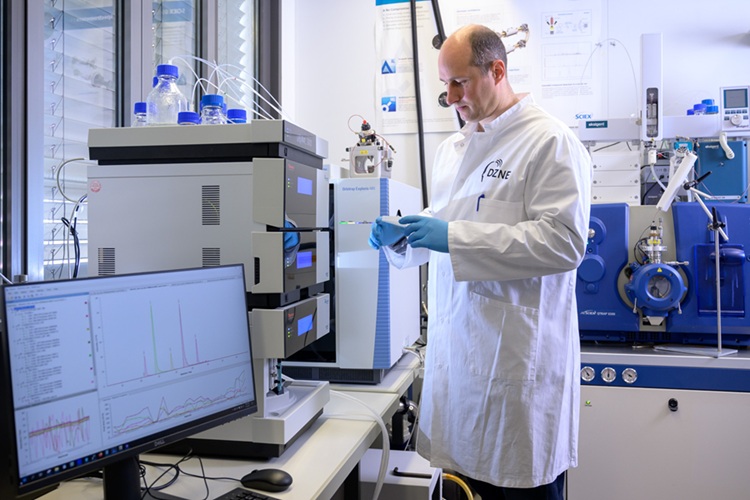
Blood Biomarker Test Could Detect Genetic Predisposition to Alzheimer’s
New medications for Alzheimer’s disease, the most common form of dementia, are now becoming available. These treatments, known as “amyloid antibodies,” work by promoting the removal of small deposits from... Read more
Novel Autoantibody Against DAGLA Discovered in Cerebellitis
Autoimmune cerebellar ataxias are strongly disabling disorders characterized by an impaired ability to coordinate muscle movement. Cerebellar autoantibodies serve as useful biomarkers to support rapid... Read more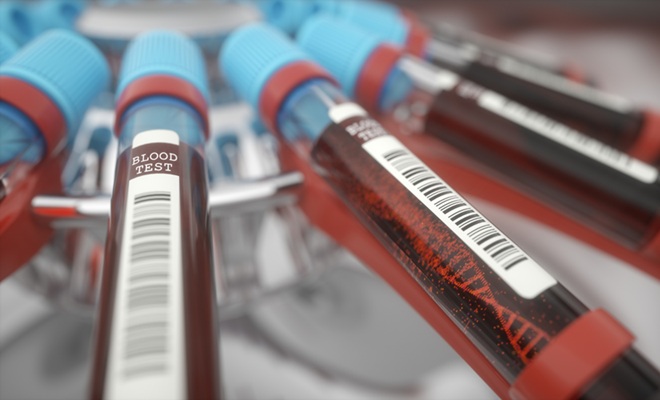
Gene-Based Blood Test Accurately Predicts Tumor Recurrence of Advanced Skin Cancer
Melanoma, an aggressive form of skin cancer, becomes extremely difficult to treat once it spreads to other parts of the body. For patients with metastatic melanoma tumors that cannot be surgically removed... Read moreImmunology
view channel
Stem Cell Test Predicts Treatment Outcome for Patients with Platinum-Resistant Ovarian Cancer
Epithelial ovarian cancer frequently responds to chemotherapy initially, but eventually, the tumor develops resistance to the therapy, leading to regrowth. This resistance is partially due to the activation... Read more
Machine Learning-Enabled Blood Test Predicts Immunotherapy Response in Lymphoma Patients
Chimeric antigen receptor (CAR) T-cell therapy has emerged as one of the most promising recent developments in the treatment of blood cancers. However, over half of non-Hodgkin lymphoma (NHL) patients... Read moreMicrobiology
view channel
Handheld Device Delivers Low-Cost TB Results in Less Than One Hour
Tuberculosis (TB) remains the deadliest infectious disease globally, affecting an estimated 10 million people annually. In 2021, about 4.2 million TB cases went undiagnosed or unreported, mainly due to... Read more
New AI-Based Method Improves Diagnosis of Drug-Resistant Infections
Drug-resistant infections, particularly those caused by deadly bacteria like tuberculosis and staphylococcus, are rapidly emerging as a global health emergency. These infections are more difficult to treat,... Read more
Breakthrough Diagnostic Technology Identifies Bacterial Infections with Almost 100% Accuracy within Three Hours
Rapid and precise identification of pathogenic microbes in patient samples is essential for the effective treatment of acute infectious diseases, such as sepsis. The fluorescence in situ hybridization... Read morePathology
view channel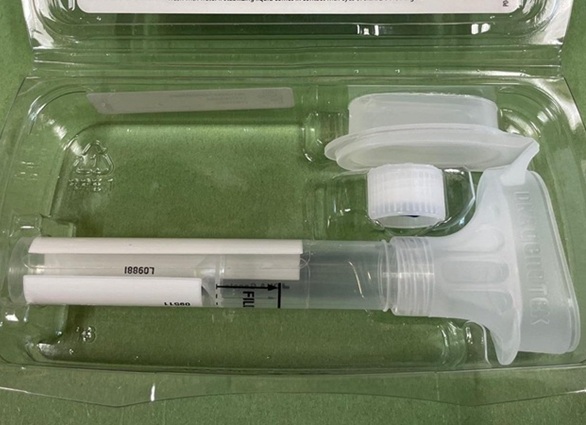
Spit Test More Accurate at Identifying Future Prostate Cancer Risk
Currently, blood tests that measure the level of a protein called prostate-specific antigen (PSA) are commonly used to identify men at higher risk for prostate cancer. This test is typically used based... Read moreDNA Nanotechnology Boosts Sensitivity of Test Strips
Since the Covid-19 pandemic, most people have become familiar with paper-based rapid test strips, also known as lateral flow immunoassays (LFIAs). These tests are used to quickly detect biomarkers that... Read more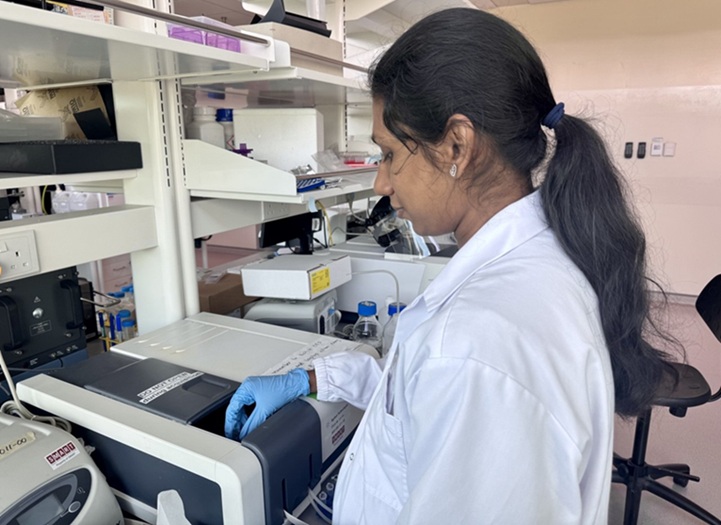
Novel UV and Machine Learning-Aided Method Detects Microbial Contamination in Cell Cultures
Cell therapy holds great potential in treating diseases such as cancers, inflammatory conditions, and chronic degenerative disorders by manipulating or replacing cells to restore function or combat disease.... Read moreTechnology
view channel
Disposable Microchip Technology Could Selectively Detect HIV in Whole Blood Samples
As of the end of 2023, approximately 40 million people globally were living with HIV, and around 630,000 individuals died from AIDS-related illnesses that same year. Despite a substantial decline in deaths... Read more
Pain-On-A-Chip Microfluidic Device Determines Types of Chronic Pain from Blood Samples
Chronic pain is a widespread condition that remains difficult to manage, and existing clinical methods for its treatment rely largely on self-reporting, which can be subjective and especially problematic... Read more
Innovative, Label-Free Ratiometric Fluorosensor Enables More Sensitive Viral RNA Detection
Viruses present a major global health risk, as demonstrated by recent pandemics, making early detection and identification essential for preventing new outbreaks. While traditional detection methods are... Read moreIndustry
view channel
Cepheid and Oxford Nanopore Technologies Partner on Advancing Automated Sequencing-Based Solutions
Cepheid (Sunnyvale, CA, USA), a leading molecular diagnostics company, and Oxford Nanopore Technologies (Oxford, UK), the company behind a new generation of sequencing-based molecular analysis technologies,... Read more
Grifols and Tecan’s IBL Collaborate on Advanced Biomarker Panels
Grifols (Barcelona, Spain), one of the world’s leading producers of plasma-derived medicines and innovative diagnostic solutions, is expanding its offer in clinical diagnostics through a strategic partnership... Read more




